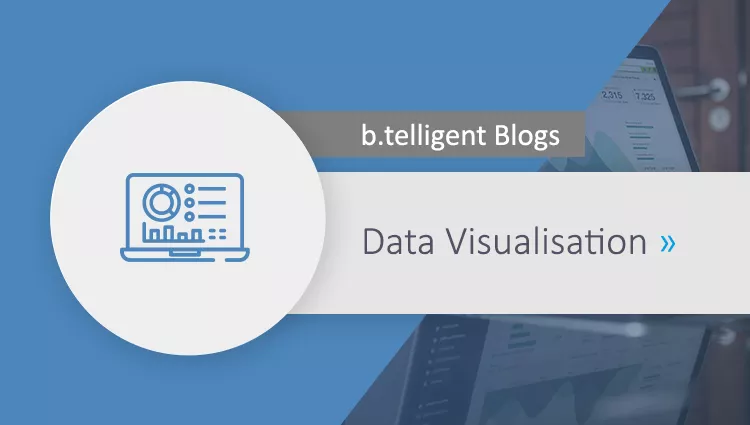By deciding in favor of the SAP Analytics Cloud (SAC), you are choosing an innovative, flexible and high-performance cloud solution for your company. The next step is to choose the right analysis and visualization method for your use case. Here, we'll give you an insight into the two SAC development environments.
Story and Analytic Application – two ways of dealing with your requirements
Before you can decide upon the optimal reporting method for your needs, you will first need to define your own business case requirements. Within its environments for the creation of stories and analytical applications, SAC offers a wide range of features appropriate to your business case. Below you will find a few questions to guide you in your choice of development environment:
- Who will create reports? Self-service or experienced developers?
- What level of complexity do you want from the reports?
- What role do individual requirements play? Are you also looking at future developments?
Story - with self–service, reports are fast, automated and assisted
With the story, you use the SAC central development environment to flexibly implement your reporting and dashboarding. The story allows you to quickly create customizable reports with a simple level of detail.
The components of a story offer different ways to visualize and interact with data. In a story, you can create "pages" and place individual components, such as tables, charts, text modules and more, in them.
While the components offer a wide range of customization options for graphic settings, data connection, etc., the story components themselves are designed in such a way that they facilitate standardized report creation. This helps you to create stories quickly and automatically and is ideal for self-service scenarios, for example.

At the beginning of the story creation process, you select a layout option, which simplifies the modeling process:
- Responsive layout – allows the story content to automatically adapt to fit different screen sizes.
- Canvas layout – provides a space where you can present your data and freely arrange different objects on one or more graphic pages.
- Grid layout – simplifies the presentation of tables that are required for planning purposes
- Templates – SAC offers templates with predefined layouts and placeholders for many different requirements. These can then be individually adapted
Note: there are currently no plans to enable the conversion of a story to an analytic application.
Analytics Designer – your pathway to individualized reports
This development environment allows you to create analytic applications, which generally offer significantly more freedom for your developers. At the same time, however, this freedom demands greater and more in-depth knowledge on the part of the developers. As a result, it is possible to create analytical applications that combine a high degree of complexity with a high level of customization. This is achieved in part through the use of development tools enabling the implementation of programming code to adapt components and create dedicated functions. The creation of these applications is aimed specifically at suitably qualified developers or power users. As with stories, the end users are the departments.
The Analytic Applications development environment – unlike that of the story – is divided into four areas:
- File – this is where the common configurations and analytic applications are stored.
- Menu tree – this is where the tools and components that can be inserted into the application are located
- Graphic area – this is where the application creation takes place
- Side panel – all layout and scripting components are sorted and listed in this area

If you have found this article useful and have any other questions about the Story and Analytics Designer, please feel free to contact us. We will be happy to help you choose your SAC development environment.












